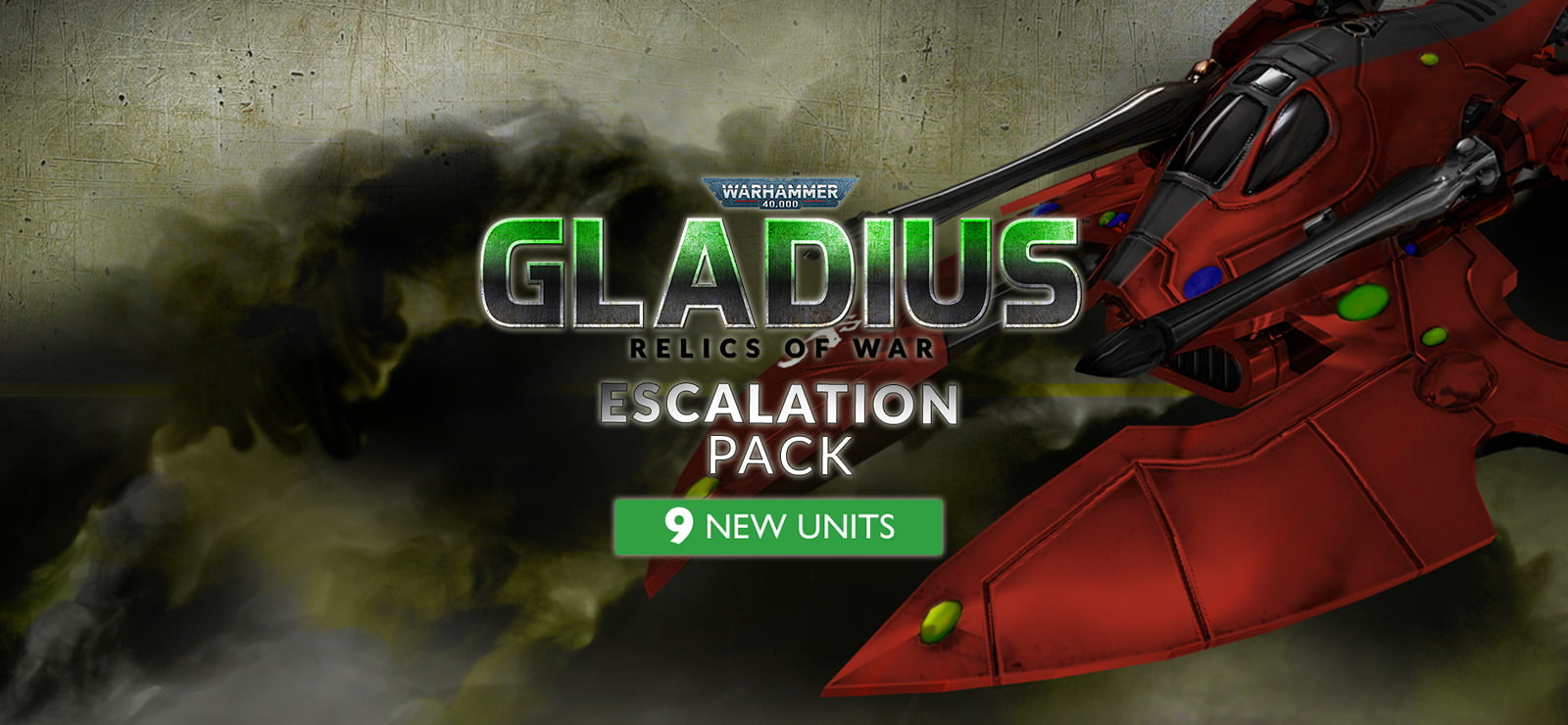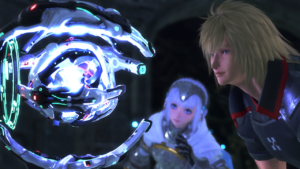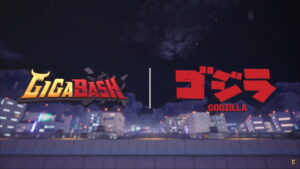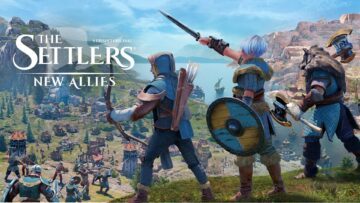It’s cool that even four years later, Warhammer 40,000: Gladius – Relics Of War continues to receive new DLC. The 4X game developed by Proxy Studios and published by Slitherine has seen quite the long tail.
And the long tail is a double-edged sword when it comes to supporting games via paid DLC. The Escalation Pack DLC, released last month, is the 11th DLC item and the fifth unit pack, which adds new units for all the playable factions in Gladius.
If you’ve been playing Gladius all this while and looking to expand each of the faction’s options for strategy, it’s a good pack. But it’s not something that I recommend as your first DLC purchase of this lot.
Warhammer 40,000: Gladius – Relics Of War Quick Review
First, a quick word on the base game, Gladius – Relics Of War. It’s a Warhammer 40K 4X game. And it’s remarkable work that Proxy Studios have adapted the IP into this strategy sub-genre. You do get to Explore, Expand, Exploit and Exterminate. But this being Warhammer 40K where “in the grim dark future there is only war”, there is no option for diplomacy.
Even the many different sides of Humanity, the Space Marines and Imperial Army (Astra Militarum) are at war with each other- the Space Marines assumed the imperial army have been consumed by heresy while the Imperial Army couldn’t get through the Space Marine’s comms. Which in this universe is totally plausible.
The UI could use some work still. Queueing up builds is confusing at first. In Gladius, you have to acquire city tiles manually, and within each acquired tile you can build buildings that either generate resources or let you build units. The problem comes with the game not taking account of what’s currently in the queue, so you can’t just queue a tile acquisition and have it build two specific building right after. As such, you really have to micromanage each city’s production, and it’s frustrating sometimes as there is a system that is supposed to mitigate this slog, but it’s not working as well as you might expect.
That one gripe aside, the base game itself is pretty decent. The playable factions have some elements of asymmetry like an Amplitude 4X game (Space Marines only have one city, Necrons can rush build, Orks gain resources from just attacking other units).
Maybe not amazing as others in the 4X space (and I may be biased in saying this as I like playing my 4X games as a pacifist- which is not how you play Gladius), but it has the fun resource-management you would expect to do each turn, a flexible tech tree to climb, and a robust combat system that allows you to spec your army to any playstyle of your liking. Which explains the unit packs DLC.
What’s In The Escalation Pack DLC
The release of each unit pack DLC for Warhammer 40K Gladius is to provide each faction one new unit that promotes a different style of play or fills in a gap in the faction’s unit choice. ]
With the Escalation Pack, you get one unit for all of the playable factions- four of them are in the base game, while five more are paid DLCs. The added units are:
- Space Marines – Scouts
- Orks – Megatrakk Scrapjets
- Astra Militarum – Devil Dog
- Necrons – Ghost Ark
- Tyranids – Hive Guards
- Chaos Space Marines – Forgefiend
- T’au – Tiger Shark
- Craftworld Aeldari – Hornets
- Adeptus Mechanicus – Skitarii Rangers
And you see the problem I have with the Escalation Pack: you won’t have access to all the content you paid for. As I only have the base game and none of the other faction DLCs, more than half of the new units are inaccessible to me. And you won’t see them as CPUs in single-player games either- you need to own those DLCs to have CPUs play as the DLC factions.
As such, you really, really need to be well-invested in Gladius already to really make use of all the content you paid for.
That all being said, the additional units are mighty fun to use. And the for the four base game factions, the new units are all available in the early game.
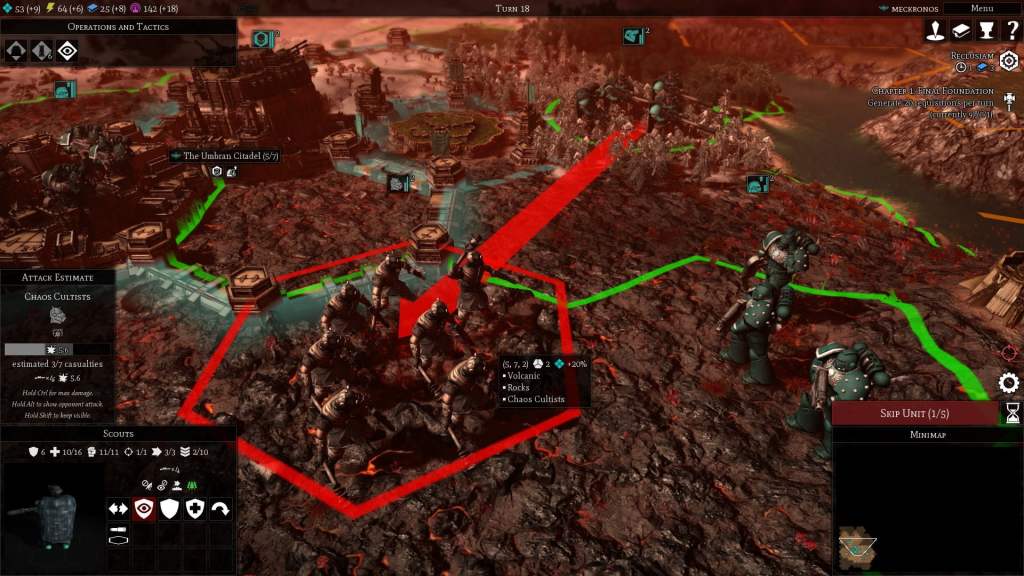
Space Marines gets Scouts, which spices up the early game. The unit can do the Scout move (of course) that reveals tiles around its vicinity and can snipe from three tiles away. If you are bored of the limited options Space Marines have at every new game start, getting to build Scouts to complement the usual Tactical Space Marines is a nice addition.

The normal, non-biogenetically enhanced humans that make up the Astra Millitarium gets the Devil Dog with the Escalation Pack DLC. These tanks move fast (even faster than initial starter vehicle unit Scout Sentinels) and hit hard. Especially against other vehicles. It’s one of the earlier mechanised units you can unlock in the tech tree. If you prefer to bolster your army with tanks and Techpriests rather than amassing loads of infantries that do puny damage (compensated by being cheap to make), the Devil Dog plays nicely into that battle plan.
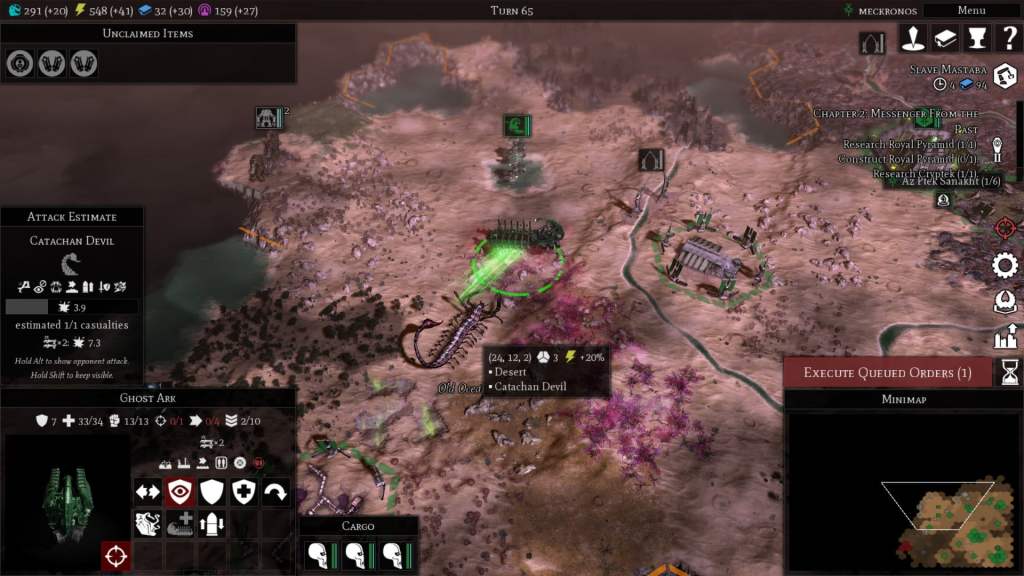
The Necrons also get an early-game vehicle with the Escalation Pack in the form of the Ghost Ark. It’s ridiculously strong, can transport three of the already-decent Necron Warriors, and can heal adjacent units. It’s strong enough that you can skip gunning for the Doomsday Ark and pile resources on multiple Ghost Arks for the early game advantage. Maybe too strong?

Lastly, the Orks also get an early-game vehicle, the Megatrakk Scrapjets. The metal tube of death has decent movement and can attack from range and up-close. It’s much more viable in combat than the Warbuggies that are only useful for recon, uncovering the fog of war.
From my playtime with Gladius, I feel like the developers are really in tune with the source material. The Warhammer 40K tabletop game the game is based on offers a variety of unit types for any of the factions, with the intent that a player can customise their army of the same faction in very different ways that they don’t even play similarly. And the way Gladius is designed honours that philosophy, and faithfully translated it in a 4X game format, and it’s great.
You’re likely won’t be spending precious research points to unlock units for the sake of unlocking due to the way the tech tree is structured. You need to research any two options in a tier to move up to the next tier. And the research options include unlocking specific units. And as some of these units overlap in usefulness or only work best with specific army composition, so you don’t need to research all the tech- just pick the ones you need for your current strategy.
And in that way, Gladius reflects the spirit of tabletop 40K in that way, which is cool to see. This explains why Gladius have unit packs DLCs. These packs add more options on how you construct your army, and give you reasons to take different routes to climb up the tech tree in each play session.
Unfortunately, I can’t say much about the five other units included in the Escalation DLC.
Again, the unit packs add a unit for all the playable factions available at this point in time. So you feel like you’ll be paying for something you have no access to- a paid DLC for a paid DLC kind of situation- which is not a good feeling.
On the flip side, the Escalation Pack DLC has the most value-for-money among the unit packs released so far as it adds the most units, nine. As all the unit packs DLC are priced similarly, assuming you also bought any of the DLC factions, the Escalation Pack is easily the best of the DLC offering so far, value-wise.
Closing Thoughts
Warhammer 40,000 Gladius Escalation Pack has a good selection of early-game unit additions, that seem perfect for newcomers to the base game, yet newcomers won’t get access to all the content the DLC has to offer.
The Escalation Pack DLC doesn’t fundamentally change the gameplay, but the unit additions give more ways for you to purge the xenos/heretics and conquer the planet. For the long-time fans waiting for half a year for some new content, and have purchased some or all of the previous faction DLCs, this is a good pack to get.
Reviewed on PC. Review key provided by Slitherine.
- amazon prime gaming
- axie infinity
- Casino Games
- coin genius
- EA Sports
- Evil Geniuses
- Gamer Matters
- Gaming
- gaming headset
- gaming pc
- madden nfl
- Nintendo
- Online casino games
- pc games
- plato
- plato ai
- plato data intelligence
- plato game
- plato gaming
- platodata
- platogaming
- playstation
- prime gaming
- Proxy Studios
- review
- Slitherine
- Team SoloMid
- Warhammer 40K
- Warhammer 40K Gladius - Relics Of War
- xbox
- zephyrnet
